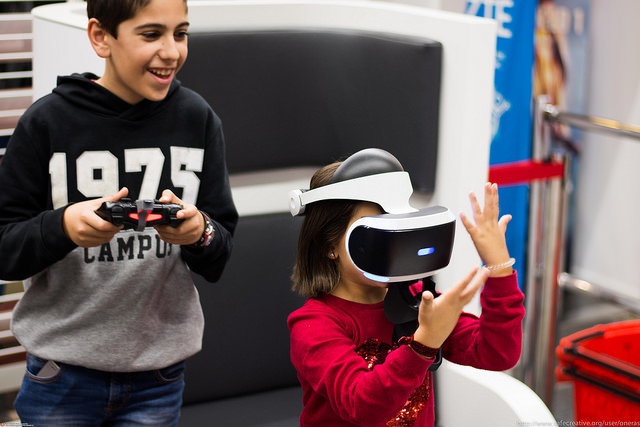Each person experiences pain differently, from an emotional perspective as well as a physical one, and responds to pain differently. That means that physicians need to evaluate patients on an individual basis and find the best way to treat their pain.
Today, however, doctors are under pressure to limit costs and prescribe treatments based on standardized guidelines. A major gap looms between the patient’s experience of pain and the limited “one size fits all” treatment that doctors may offer.
Doctors are often less interested in the patients narrative and more interested in the lab results.
"What we think, how we feel, what we believe, how stressed we are and what’s happening to our body, are all interconnected. We’ve documented with functional magnetic resonance imaging (fMRI) studies that you can change pain systems biologically by what you do with your mind." - Lonnie Zeltzer, MD, director of the Pediatric Pain Program at Mattel Children’s Hospital at UCLA in California.
At Wavelength VR we understand that chronic pain not only indicates illness, it is itself an illness. By turning every pang of pain into a chance to focus on the mind-body connection we are striving to not only manage - but cure persistent pain. Stay tuned!
Find out more: https://theconversation.com/why-its-so-hard-for-doctors-to-understand-your-pain-93526
















